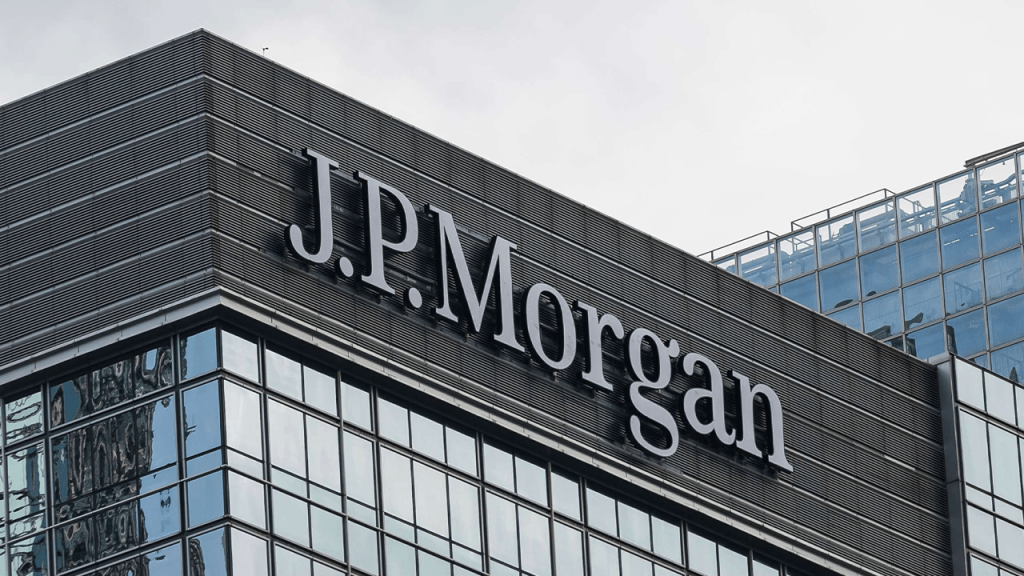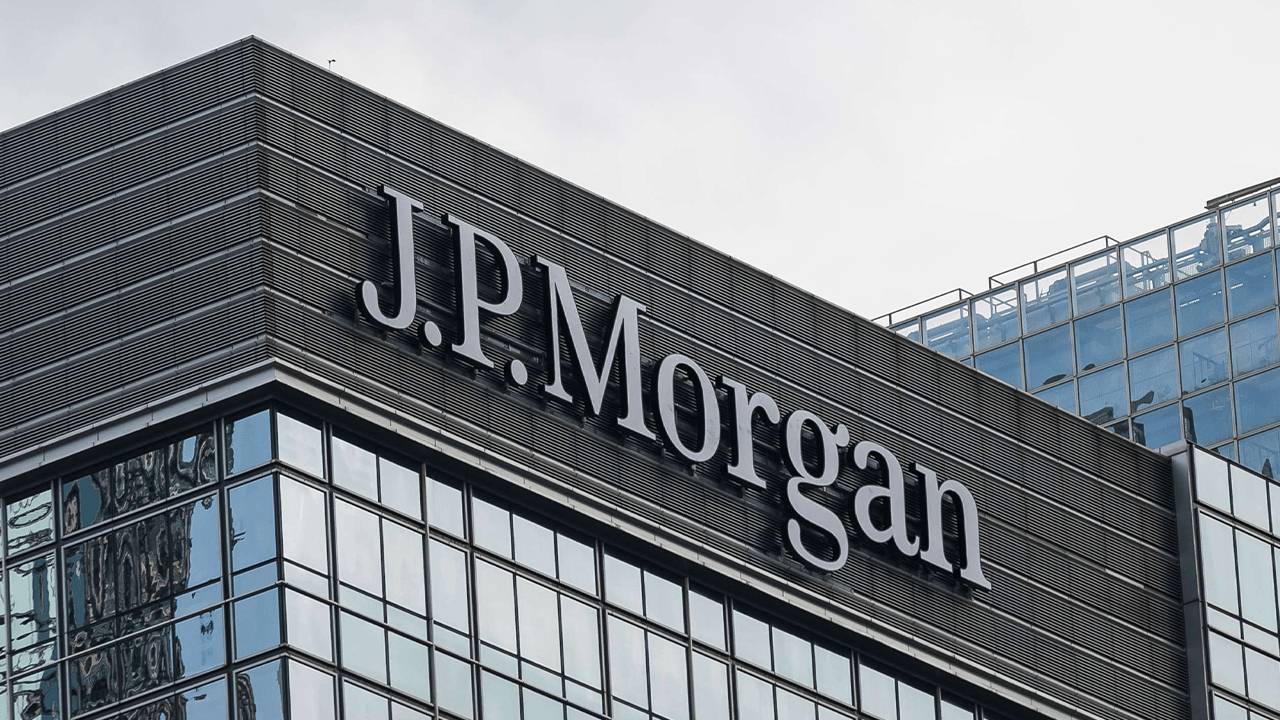
Navigating the Economic Tightrope: Analyzing JPMorgan’s Stance on US Debt and Tariffs
Introduction: A Delicate Economic Equilibrium
The U.S. economy stands at a critical juncture, balancing precariously between two formidable challenges: the burgeoning national debt and the contentious issue of tariffs. These economic tightropes demand careful navigation, as missteps could trigger cascading effects with global repercussions. JPMorgan Chase, as a leading financial institution and influential economic commentator, offers a nuanced perspective on these issues, providing valuable insights into the potential trajectories of U.S. economic policy.
The National Debt Conundrum: A Growing Concern
The U.S. national debt has reached unprecedented levels, sparking debates about its sustainability and potential economic consequences. JPMorgan CEO Jamie Dimon has been particularly vocal about the risks associated with this growing debt burden. His concerns center on the potential impact on the bond market, where rising debt could lead to wider spreads as investors demand higher returns to compensate for increased risk.
The implications of a high debt-to-GDP ratio extend beyond the bond market. It can constrain future economic growth by limiting the government’s ability to invest in critical areas such as infrastructure, education, and research and development. This, in turn, could stifle innovation and reduce the country’s long-term competitiveness. Moreover, a large national debt makes the U.S. more vulnerable to external shocks, reducing the government’s fiscal flexibility to respond to economic downturns or geopolitical crises.
Tariffs: A Double-Edged Economic Sword
Tariffs, while intended to protect domestic industries, present a complex economic dilemma. The previous administration’s tariffs on goods from various countries, particularly China, aimed to boost American manufacturing and reduce the trade deficit. However, critics argue that these tariffs could lead to higher consumer prices, retaliatory measures from other countries, and disruptions to global supply chains.
JPMorgan’s analysis of tariffs has been multifaceted. Their global research team has produced models showing negative growth impulses from tariffs, suggesting that, at least in the short term, tariffs can have a detrimental impact on economic growth. This impact is further amplified by the potential for retaliatory tariffs from other countries.
However, not all views within JPMorgan are uniformly negative. Jacob Manoukian, a JPMorgan investment strategist, has dismissed doom forecasts over U.S. debt and tariffs, arguing that fears are largely baseless. Manoukian points to the Federal Reserve’s actions as a mitigating factor, suggesting that the Fed’s monetary policy can help to offset the negative effects of tariffs and debt.
Reconciling Divergent Perspectives: A Balanced Approach
The contrasting perspectives within JPMorgan highlight the complexity of the economic challenges facing the United States. While there is a clear recognition of the potential risks associated with the rising national debt and the disruptive effects of tariffs, there is also a degree of optimism about the resilience of the American economy and the ability of policymakers to manage these challenges effectively.
This divergence in views reflects the inherent uncertainty surrounding economic forecasting. Economic models are simplifications of complex realities, and their predictions are subject to a wide range of assumptions and limitations. Moreover, economic outcomes are influenced by a multitude of factors, many of which are difficult to predict or control.
The key to navigating this complex landscape lies in a balanced approach that acknowledges the potential risks while remaining open to the possibility of positive outcomes. This requires a willingness to adapt policies as new information becomes available and a commitment to international cooperation to address global economic challenges.
The Federal Reserve: A Crucial Balancing Act
The Federal Reserve plays a pivotal role in managing the economic risks associated with U.S. debt and tariffs. The Fed’s monetary policy tools, such as interest rate adjustments and quantitative easing, can be used to stimulate economic growth and mitigate the negative effects of these policies.
For instance, if tariffs lead to higher prices and slower economic growth, the Fed could respond by lowering interest rates to encourage borrowing and investment. Similarly, if the rising national debt puts upward pressure on interest rates, the Fed could intervene in the bond market to keep rates in check.
However, the Fed’s actions are not without limitations. Monetary policy operates with a lag, meaning that it can take several months or even years for the full effects of a policy change to be felt. Moreover, the Fed’s ability to stimulate economic growth is constrained by factors such as consumer confidence, business investment, and global economic conditions.
The Human Impact: Beyond Economic Indicators
While economic analysis often focuses on macroeconomic indicators such as GDP growth, inflation, and unemployment, it is crucial to remember that these figures represent the collective experiences of individuals and families. The policies related to national debt and tariffs can have a profound impact on people’s lives, affecting their jobs, incomes, and overall standard of living.
For example, tariffs can lead to higher prices for consumer goods, which can disproportionately affect low-income households. Similarly, a slowdown in economic growth can lead to job losses and reduced opportunities for workers.
Therefore, it is essential that policymakers consider the human impact of their decisions and strive to implement policies that promote economic opportunity and improve the lives of all Americans.
Conclusion: Charting a Sustainable Economic Future
The United States faces significant economic challenges in the form of rising national debt and the complexities of tariff policies. JPMorgan’s analysis of these issues, while nuanced and sometimes divergent, provides valuable insights into the potential risks and opportunities that lie ahead. The path forward requires a balanced approach that acknowledges the potential dangers while embracing the possibility of positive outcomes.
Ultimately, the goal should be to chart a course towards sustainable prosperity that benefits all Americans, ensuring a strong and resilient economy for generations to come. This will require a combination of prudent fiscal policies, strategic monetary interventions, and a commitment to international cooperation. By navigating these economic tightropes with care and foresight, the U.S. can secure a prosperous and stable future.





